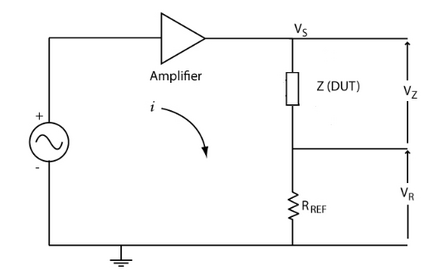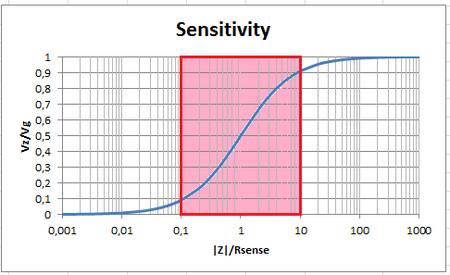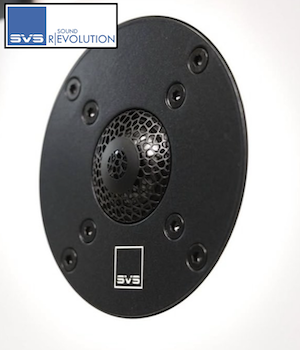I'm using REW 5.31.3 on WIN11 and I'm measuring the frequency response of a preamp; on the SPL graph I read a 7 dB gain (V/V), but the difference in the level between reference and input is more than 20 dB: why the graph show this 13 dB difference?
It seems that the graph use the output signal instead of reference input measurement to calculate the gain.
Is it something wrong in my set-up of REW?
Thank you to help me.
It seems that the graph use the output signal instead of reference input measurement to calculate the gain.
Is it something wrong in my set-up of REW?
Thank you to help me.
Last edited:
















